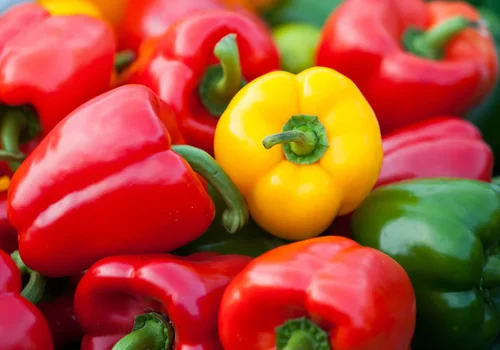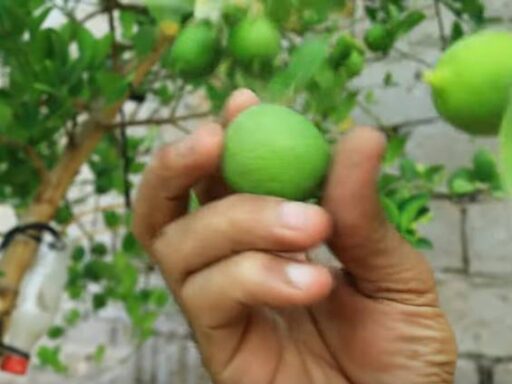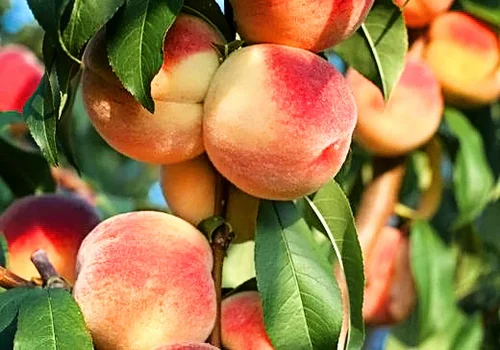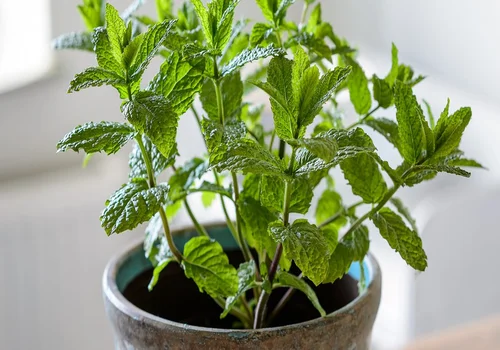Growing your own vegetables at home is one of the most rewarding experiences. No matter the quantity you harvest, even a small yield brings immense satisfaction. In this guide, we will explore how to grow peppers at home using a simple, effective method, without the need to buy them from the market. Whether you plant just one seedling or several, this process can help you produce a bountiful harvest throughout the summer.
Step 1: Choosing Your Container
You can use any plastic container or pot available at home. The most important thing is that the container has proper drainage holes at the bottom to prevent water accumulation, which can harm the plants.
Step 2: Selecting the Soil
Pepper seeds are quite sensitive, so it is essential to use light, well-drained, and loose soil. This will facilitate quick germination and healthy growth of the plants.
Step 3: Preparing the Seeds
You can choose any variety of pepper—whether hot or sweet. While it’s always better to buy seeds from a trusted source, you can also use seeds from peppers you purchase at the market. Simply take the seeds, plant them directly into the soil, and cover them with a thin layer of soil.
Step 4: Watering the Seeds
After planting the seeds, gently mist the soil using a spray bottle to keep it moist without disturbing the seeds. Place the container in a shaded area. Germination typically occurs during summer when the temperature is high. The higher the temperature, the faster the germination.
Step 5: Taking Care of the Plants
For the first few weeks, water the plants regularly without adding any fertilizer. After about 22 days, the plants will begin to sprout, showing at least two true leaves. At this stage, it’s time to expose them to adequate sunlight and start the first round of fertilization.
Step 6: Natural Fertilization
A great natural fertilizer is a mixture of yeast and honey. To prepare this, dissolve a tablespoon of sugar in half a liter of water, then add a large spoon of yeast. Allow the mixture to sit for an hour to activate the yeast, and then use it to fertilize the plants. This natural fertilizer helps the roots spread and supports healthy plant growth. You can use any kind of yeast you have available at home.
Step 7: Transplanting the Seedlings
After about a month, the seedlings will be ready for transplanting. You can plant them in larger containers or directly in the ground, depending on your space. It’s a good idea to plant peppers in different locations to ensure success even if some seeds fail to germinate.
Step 8: Managing Watering and Sunlight
During the flowering and fruiting stages, it’s crucial to regulate the amount of water and sunlight the plants receive. Water the plants every two to three days, but avoid overwatering, as this can cause the flowers to fall off. Additionally, be cautious of direct sunlight, which can lead to sunburn on the fruits, known as “blossom end rot.” To avoid this, provide some shade during the hottest part of the day.
Step 9: Harvesting

Once the peppers begin to appear, you can harvest them regularly. Peppers can be picked green or left on the plant to turn red, depending on your preference. Regularly harvesting the fruits encourages the plant to produce more flowers and fruits.
Conclusion
Growing peppers at home is a simple and enjoyable process that can provide you with a continuous supply of fresh vegetables. By following these steps and using natural fertilizers, you can ensure a healthy and abundant harvest. The key to success is regular care, proper watering, and ensuring the plants get enough sunlight.
Frequently Asked Questions (FAQs)
- How long does it take for pepper seeds to germinate?
- Peppers usually take about 10-14 days to germinate, depending on temperature and soil conditions.
- Can I use seeds from store-bought peppers?
- Yes, you can use seeds from peppers you purchase at the store, but it’s best to buy seeds from a trusted source for better results.
- What kind of soil is best for growing peppers?
- Light, well-drained, and loose soil is ideal for growing peppers, as it helps in quick germination.
- How often should I water the plants?
- During the flowering and fruiting stages, water the plants every two to three days, depending on the soil type and temperature.
- When should I start fertilizing my pepper plants?
- You can start fertilizing once the plants have at least two true leaves, usually after about 22 days.
- How do I prevent my pepper plants from burning in the sun?
- To avoid sunburn on the fruits, provide partial shade during the hottest hours of the day and ensure proper watering.
- Can I grow peppers indoors?
- Yes, peppers can be grown indoors if they have access to plenty of sunlight and are placed in a warm environment.



